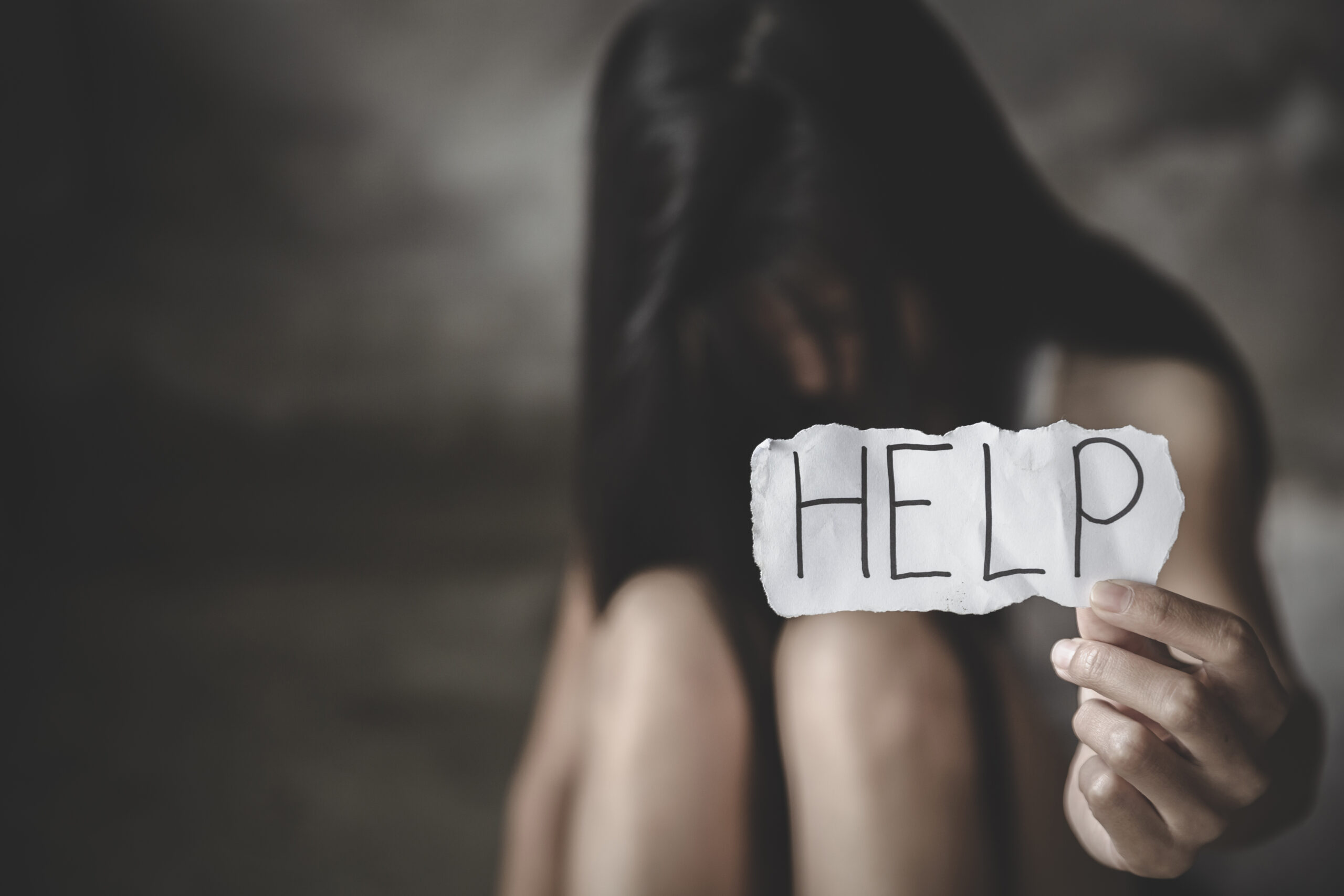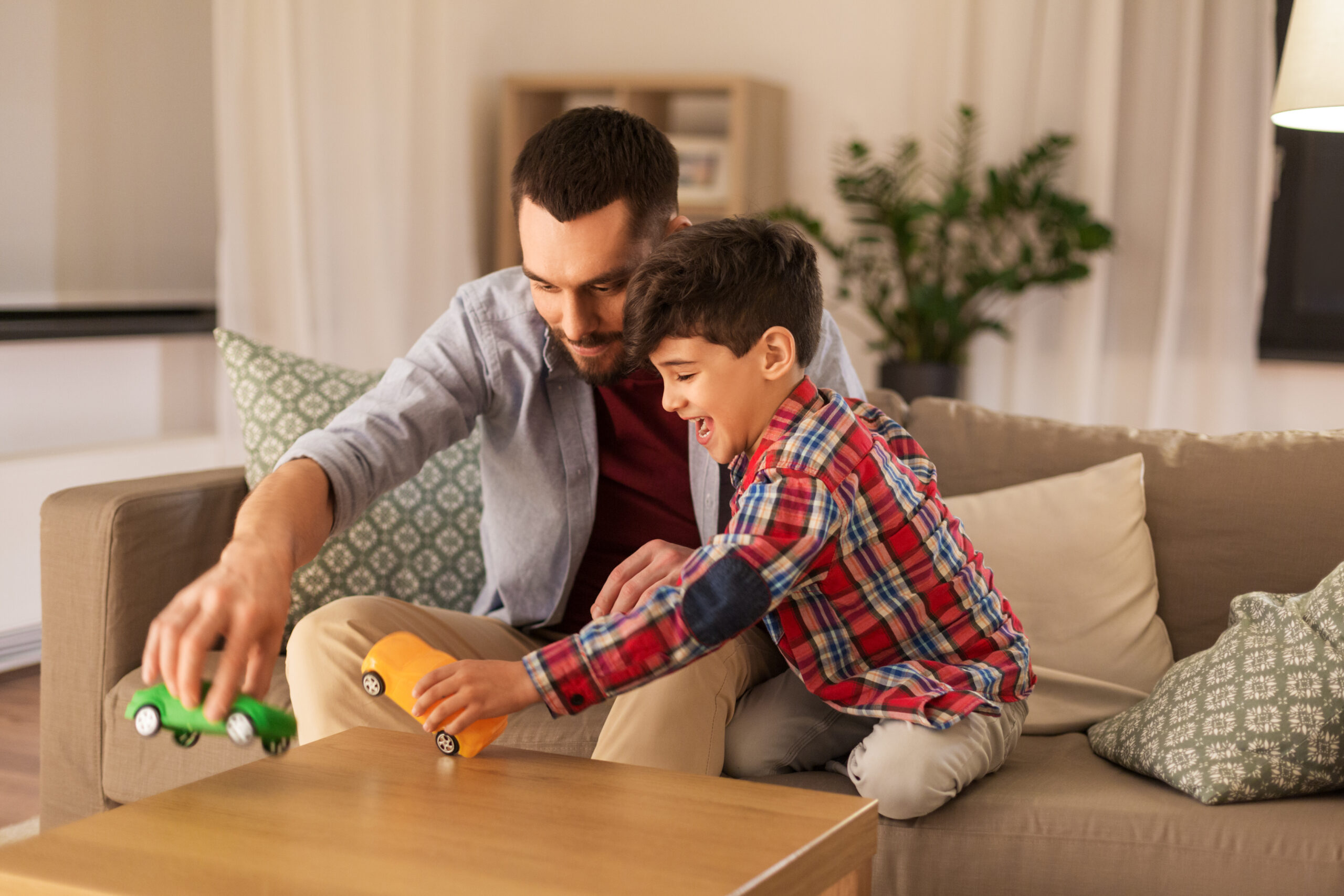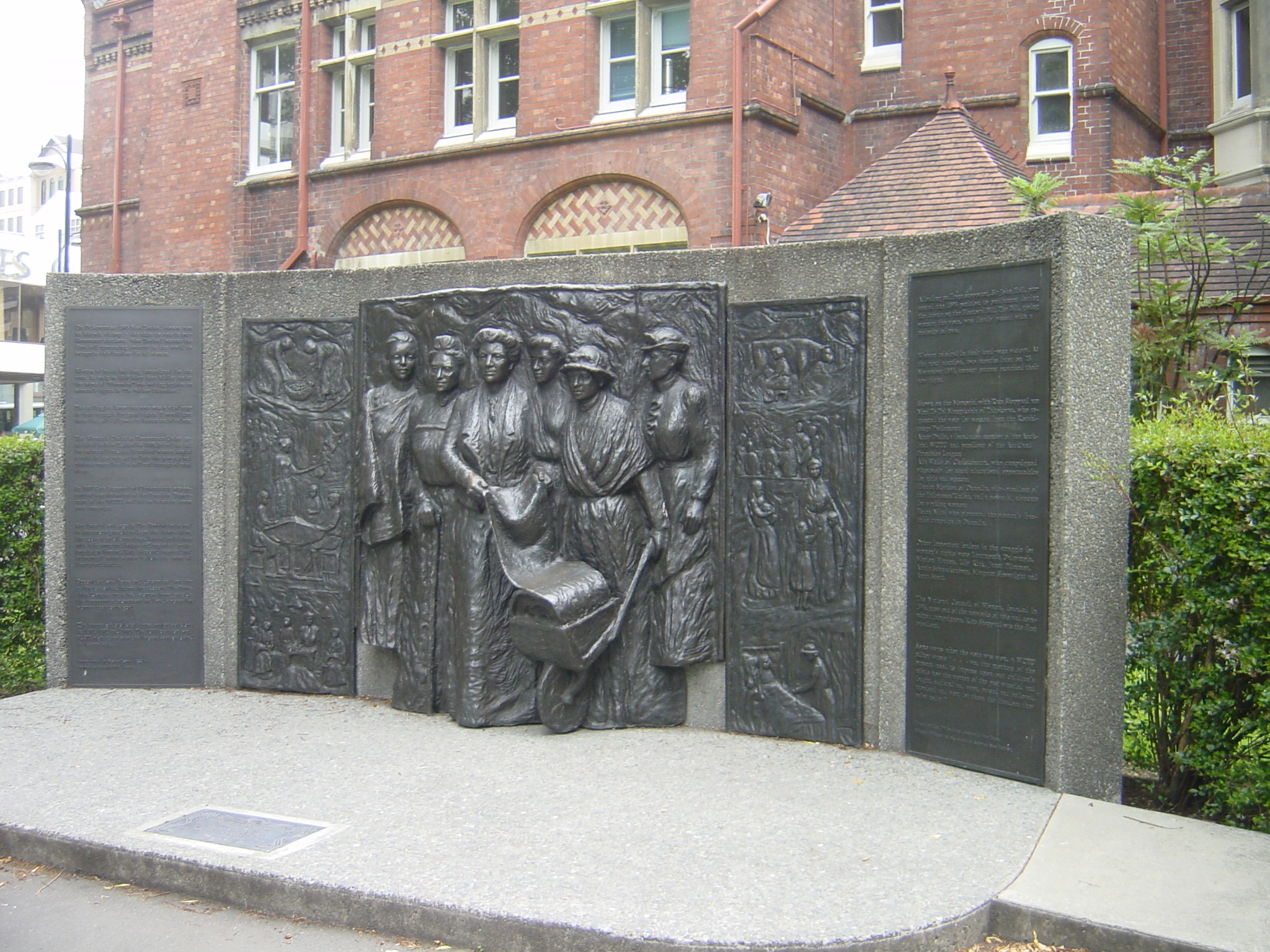We’ve heard this phrase a lot recently: not all heroes wear capes.
Throughout the lockdown, the nation paused almost every day for the 1.00 pm press briefing. Among the familiar faces joining us in our living rooms were the sign language interpreters. The likes of Alan Wendt, Angela Murray, Jenn Gilbert and Rosie Henley have done an exceptional job, ensuring that crucial information is shared with all viewers.
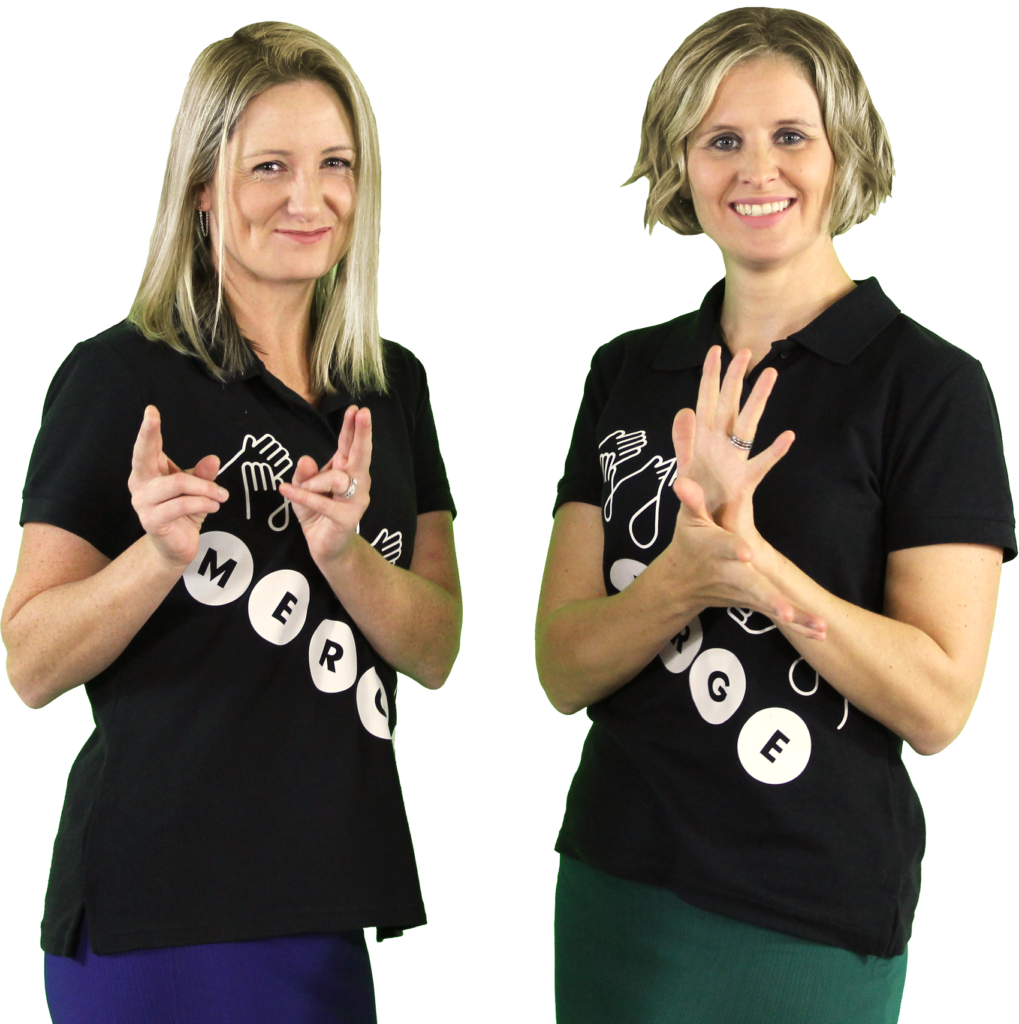
Jaime and Victoria
Along with English and Te Reo Māori, New Zealand Sign Language (NZSL) is one of NZ’s three official languages. Data from NZ Stats and the NZSL Board suggest that more than 20,000 people communicate this way.
Sign language came to New Zealand with early British settlers who were deaf. Indeed, in the late 1870s, the first known teacher of sign language had more than 40 pupils at her school in Lyttleton Harbour. But then things took an appalling turn.
In 1880, a congress of so-called deaf educators in Milan – to which no deaf people were invited – decreed that teaching should be oral only, and sign language was effectively banned. The school for the deaf in Christchurch implemented this ruling. Deaf children were separated from their families to live at the school, where lip-reading and speaking were the only forms of communication permitted. Ironically, this is where NZSL began – as the students communicated secretly in their dormitories.
The situation was finally rectified in the 1980s, when New Zealand’s two schools for the deaf started using NZSL. It was given “official language” status under the New Zealand Sign Language Act 2006, the purpose of which was to ensure that the deaf community had equal access to government information and services, and rights and obligations through the legal system.
Meet the local company championing NZSL
East Coast Bays locals Victoria Lessing and Jaime Brown have been friends for a couple of years, and came up with the idea for Merge NZ while at an NZSL family camp in Taupo in February 2017.
Victoria has been deaf for almost all of her life, and both she and Jaime are strong advocates for a greater understanding and inclusivity of the deaf community. Their business reflects this – championing the promotion of NZSL through events, conferences, workshops and community involvement to ensure the preservation and growth of the language.
They offer a range of services for schools, community, business and entertainment, and provide training programmes for people teaching and using NZSL. Their forward-thinking approach of offering online tutorials almost from the get-go has paid dividends, as Victoria confirms they’ve definitely seen an increase in enquiries over the past couple of months.
The majority of their students are women aged between 30 and 50. “We have a high percentage of teachers and healthcare workers, which is encouraging because it means people are recognising how important it is to help deaf people feel at ease in potentially stressful situations,” says Jaime. “Having said that, we’d love to see some more men step up. Imagine you’re a deaf bloke going to the doctor. It could feel incredibly awkward to explain some health conditions through a female interpreter – if you’re even lucky enough to have an interpreter at all.”
Victoria remarks that this is just one of numerous “micro-barriers” that deaf people encounter every day. “Trying to explain to my bus driver which stop I need can take a lot of effort! But I’m not afraid to use my facial expressions, mime and point in order to be understood.” Sadly, this isn’t the case for everyone.
“Some members of the deaf community are embarrassed to use their hands in public,” she explains. “There was a terrible stigma for such a long time, and I think some of us still carry an internalised shame.”
Everybody – deaf and hearing – can help to overcome this by trying not to be resistant to change. Seeing interpreters next to the PM regularly is undoubtedly a step in the right direction. “I’d like to see this on more TV programmes,” says Victoria. “Subtitles are OK, but they’re not the language of deaf people.”
“If you’re introduced to a deaf person, please don’t freeze up! Just a simple signed ‘hello’ or ‘how are you?’ can make such a big impact for us. Suddenly we know we’re welcomed and included.”
Change doesn’t happen overnight, but, as Victoria observes, “Once you knock down that first domino, the rest will fall.”
If you’ve been inspired to learn more about Merge NZ’s NZSL programmes, visit mergenz.co.nz
More resources:
New Zealand Sign Language Board: odi.govt.nz/nzsl
Deaf Aotearoa: deaf.org.nz
The Online Dictionary of New Zealand Sign Language: nzsl.nz
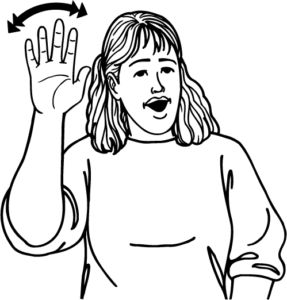
Hello
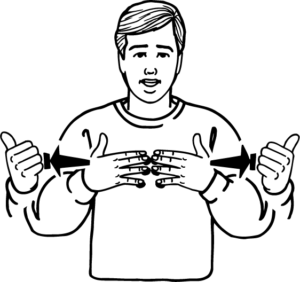
How are you?
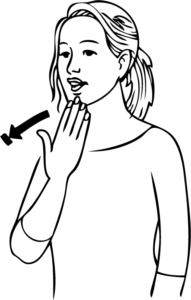
Thanks

